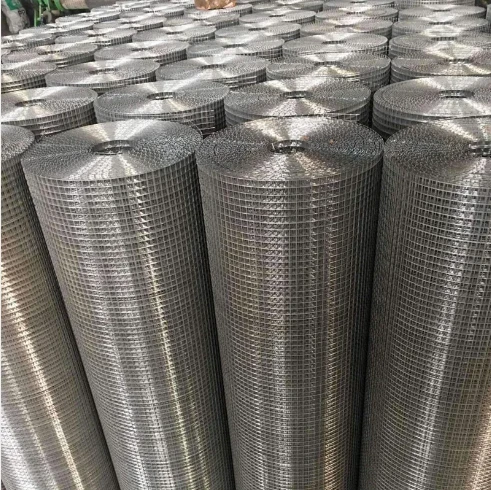10 月 . 10, 2024 15:31 Back to list
roof sheathing nails
Understanding Roof Sheathing Nails Importance, Types, and Best Practices
Roof sheathing is a critical component of any roofing system, providing support for the shingles or other roofing materials while also contributing to the overall integrity of the structure. One of the essential elements in securing the sheathing to the roof framing is the use of roof sheathing nails. This article explores the importance of these nails, the various types available, and best practices for their usage.
Importance of Roof Sheathing Nails
Roof sheathing nails hold the plywood or OSB (oriented strand board) sheathing in place, ensuring it remains secure against wind uplift and other environmental factors. This secure fastening is vital not only to maintain the structural integrity of the roof but also to prolong its lifespan. Proper installation of sheathing nails prevents issues such as warping or sagging of the sheathing material and minimizes the risk of leaks that could arise from improperly secured sections of the roof.
Additionally, building codes often stipulate specific requirements for the size, type, and spacing of sheathing nails. Adhering to these codes ensures that the roofing system meets safety standards and can withstand local weather conditions. A well-installed roof with correctly placed nails will effectively protect the home from the elements.
Types of Roof Sheathing Nails
When it comes to roof sheathing nails, there are several types to choose from, each designed for specific applications
1. Disc-Head Nails These nails feature a larger head that provides increased holding power. They are particularly useful for sheathing applications where additional strength is required.
2. Ring-Shank Nails With a series of rings along the shaft, ring-shank nails provide enhanced grip and resistance to pull-out forces. This makes them ideal for areas prone to high winds.
3. Smooth-Shank Nails While these nails are easier to install, they provide less holding power compared to their ringed counterparts. For areas where wind resistance is less of a concern, smooth-shank nails may be sufficient.
roof sheathing nails

4. Galvanized Nails Because roofs are exposed to moisture, galvanized nails are crucial as they help prevent rust and corrosion. Using galvanized or stainless steel nails can significantly extend the lifespan of the roofing materials and fasteners.
5. Length and Diameter Considerations Roof sheathing nails typically range from 1.5 to 2.5 inches in length. When selecting nails, it's essential to consider the thickness of the sheathing material and ensure the nail penetrates through the sheathing and into the framing beneath.
Best Practices for Installation
To ensure maximum effectiveness, several best practices should be followed when installing roof sheathing nails
- Spacing Follow manufacturer recommendations or building codes regarding nail spacing. Generally, nails should be spaced 6 to 12 inches apart along the edges and 12 to 24 inches apart in the field of the sheathing.
- Placement Nails should be driven straight and flush with the surface of the sheathing. Overdriving can cause dents that may lead to leaks, while underdriving can compromise the holding power.
- Avoiding Damage Care should be taken not to damage the edges of the sheathing when nailing. A damaged edge can significantly reduce the strength and performance of the roof structure.
- Use of Appropriate Tools Investing in a pneumatic nail gun can speed up the installation process and ensure consistent driving depth, which is crucial for effective fastening.
Conclusion
Roof sheathing nails may seem like small components in the overall roofing system, but their role is crucial for maintaining the structure's integrity and performance. By understanding the different types of nails available, their specific applications, and the best practices for installation, homeowners and contractors can ensure that their roofs are not only secure but also capable of withstanding the test of time. Taking these steps will lead to better roofing outcomes and increased safety for occupants below.
-
Secure Your Roof with Quality Roofing Nails
NewsNov.04,2024
-
Secure Your Property with Quality Field Fencing
NewsNov.04,2024
-
Enhance Your Space with Quality Mesh Fencing
NewsNov.04,2024
-
Discover the Versatility of Iron Wire for Your Projects
NewsNov.04,2024
-
Discover the Versatility of Common Nails for Your Projects
NewsNov.04,2024
-
Discover Quality Hydraulic Fittings for Your Applications
NewsNov.04,2024









